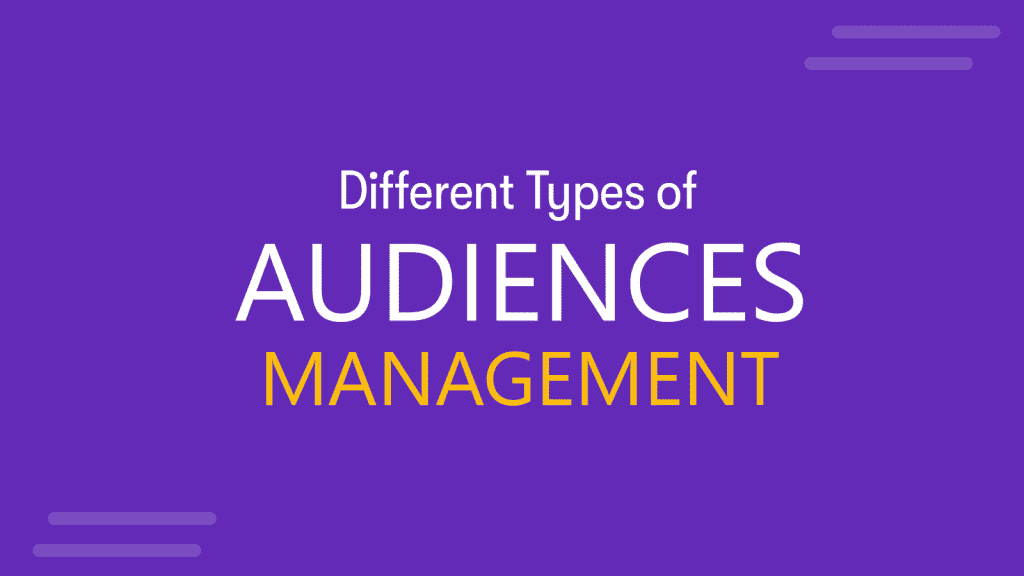Different Types of Audiences you may Encounter (with Examples)
Last updated on September 1st, 2024

Almost every article or web page related to public speaking and the sorts will tell you to keep your audience in mind before preparing a speech, and that will take your speech to the next level and yet the irony remains! Our audiences are the least of our worries. In this article, you can learn the different types of audiences to focus your speech correctly. Understanding the audience can help you reach the key types of an audience members at every event.
There will always be a particular set of audiences present in at least one of your presentations (there also might be a mixed bag of all of them). Let’s say you have an Instagram aesthetic feed based on color patterns, but if your audience doesn’t like it, it won’t matter. Similar is the case with presentations. If you understand the audience’s character and temperament of the audience, it will become straightforward for you to handle situations. You can use social media tools for your online content but to dig deeper, you need to segregate the type of audience you may face be it for social media or presentations.
1. Neutral Audience
These will be the people who are directly or indirectly interested or don’t want to invest in your idea. Let’s say that these people are on the fence, i.e., neither here nor there, about the concept you are trying to sell. It would help if you were extremely careful not to offend these audiences and still get them to invest in your vision or philosophy.
2. Hostile Audience
These are the people who are in strong disagreement with your idea. Don’t panic! Not everybody in the world will want to agree with or listen to you; therefore, you must come up with a common ground, a starting point to relate to your audience. Try to consider why they disagree with your viewpoint, play the devil’s advocate with yourself and ask yourself what you might be leaving out. Always think why people disagree with your point of view.
3. Uninformed Audience
These are people who are unfamiliar with the topic of discussion at hand. You, as the speaker, need to provide them with everything they need to know about the topic. Here you need to figure out how much information to offer them depending upon their level of knowledge about the topic. Be cautious of not bogging down the audience with too much information. Pick and choose the key points that will help your audience wrap their head around the topic without being mentally exhausted.
4. Expert Audience
The audience here is already in a tangent with what you are telling them, so the biggest mistake you can make is to give them a background of the topic. The people you are catering to have all the required information; therefore, you need to tread a cautious path while delivering that speech giving the audience something new that they are uninformed about.
5. Business Audience
Time is money for this audience, and they don’t have the patience to sit through your storytelling; therefore, keep it short. It would help if you were polite and concise; brevity is absolutely vital. Make sure they understand that you are talking about them and not yourself, especially if it is something that they wouldn’t want to hear.
Final thoughts
There are many different types of audiences. Thus, it is important to create your content according to the audience you are targeting. Make sure that every detail is thought about and then shared on social media platforms. The key to a successful presentation is never to think that your audience is over informed or under-educated! What type of audience is it? How can you connect with them? These questions will help you decide what kind of content to share next.
